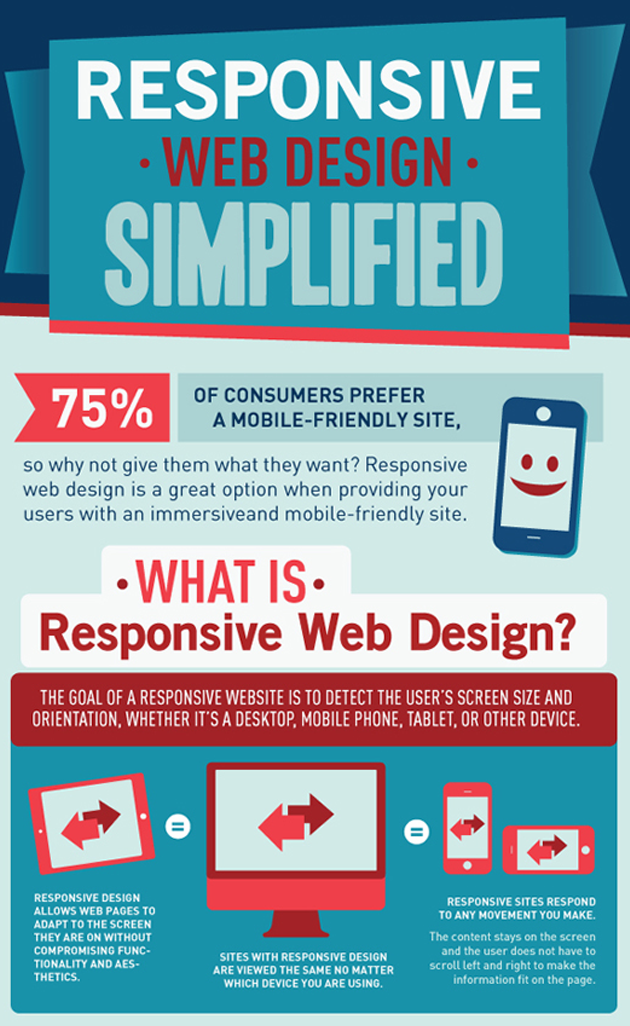Fascinated In Learning How Web Site Layout Has Transformed Over The Years? Explore The Journey
Fascinated In Learning How Web Site Layout Has Transformed Over The Years? Explore The Journey
Blog Article
Writer-Johnsen Hejlesen
In the past, sites were easy and concentrated on information. Navigation was direct, and design was for desktops. Now, user experience is key. Information guides styles for very easy navigating. Receptive designs fit various devices. Today, dark setting minimizes strain, and minimal menus improve navigating. Interactive attributes involve customers, and strong visuals stick out. AI assimilation improves engagement. See how style has advanced to enhance your on the internet journey.
Very Early Days of Website Design
In the early days of web design, simpleness reigned supreme. Websites were fundamental, with limited shades, font styles, and formats. The emphasis got on giving details instead of fancy visuals. Individuals accessed the internet with slow dial-up links, so speed and performance were essential.
just click the up coming website were straightforward, normally situated on top or side of the page. Web sites were made for home computer, as mobile browsing wasn't yet prevalent. Web content was king, and designers prioritized very easy readability over complex style components.
HTML was the key coding language made use of, and designers needed to work within its restraints. Computer animations and interactive functions were minimal contrasted to today's standards. Internet sites were fixed, with little vibrant web content or individualized individual experiences.
Rise of User-Focused Style
With the development of website layout, a shift in the direction of user-focused design principles has come to be significantly popular. Today, producing sites that prioritize individual experience is critical for involving visitors and attaining company objectives. User-focused design includes understanding the requirements, choices, and behaviors of your target market to tailor the web site's format, content, and features accordingly.
Developers now conduct detailed research, such as individual surveys and usability screening, to collect insights and responses straight from customers. This data-driven strategy assists in creating intuitive navigation, clear calls-to-action, and visually attractive interfaces that reverberate with site visitors. By putting the user at the center of the design process, internet sites can provide a more customized and delightful experience.
Responsive layout has actually also become an essential facet of user-focused style, ensuring that internet sites are maximized for different gadgets and screen sizes. This versatility improves ease of access and use, dealing with the varied ways individuals communicate with web sites today. In essence, the increase of user-focused design represents a change in the direction of producing electronic experiences that focus on the needs and assumptions of completion individual.
Modern Trends in Website Design
Discover the most up to date trends forming website design today. One famous trend is dark mode style, supplying a streamlined and modern-day look while decreasing eye strain in low-light environments. Another key fad is minimalist navigation, simplifying food selections and boosting user experience by concentrating on essential elements. Integrating micro-interactions, such as animated buttons or scrolling effects, can produce an extra appealing and interactive internet site. Responsive layout stays essential, making certain seamless customer experiences throughout different gadgets. In addition, utilizing bold typography and asymmetrical layouts can include aesthetic interest and draw attention to certain web content.
Integrating AI modern technology, like chatbots for consumer support or individualized referrals, improves user engagement and improves procedures. Availability has additionally come to be a considerable pattern, with developers focusing on comprehensive style practices to deal with diverse individual needs. Welcoming sustainability by optimizing web site efficiency for speed and efficiency is another arising pattern in web design. Collaborating with individual responses and data analytics to iterate and boost layout constantly is essential for staying pertinent in the ever-evolving digital landscape. By accepting these modern-day fads, you can develop a visually attractive, easy to use internet site that reverberates with your target market.
Conclusion
As you reflect on the development of web site design from the early days to now, you can see exactly how user-focused style has actually come to be the driving force behind modern patterns.
Embrace the journey of change and adaptation in web design, constantly keeping the user experience at the leading edge.
Tippingpointdigital
Remain current with the latest fads and technologies, and never ever quit evolving your approach to produce aesthetically spectacular and user-friendly sites.
Develop, adapt, and create - the future of web design is in your hands.
